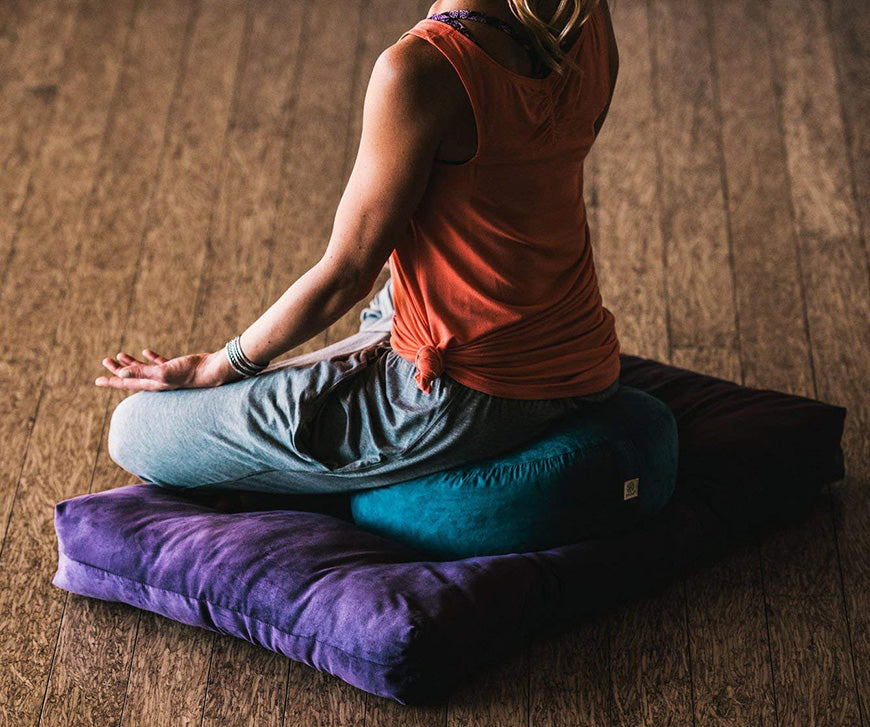Sitting on a cushion in meditation is always recommended, but why? The cushion can help relieve the pressure that you’re sitting poses on your lower back, knees, and thighs. That’s because cushions provide support for those sensitive areas of the body. They also allow for more flexibility in how you sit. So instead of sitting with a rigid spine and knees that are spread too far apart, cushions let you sit comfortably inwards or outwards and with equal ease.
What help does a meditation cushion provide?
Provides stability:
You don’t sit like a plank of wood or a tree trunk. With your elbows and knees bent to the sides, you normally make up around two-thirds of the circumference of the cushion. That makes the cushions best for meditation because they provide a stable sitting position that will lessen physical tension and help relax your lower body.
Reduces pressure points:
Sitting on coussin de yoga, your hips, knees, and ankles naturally go into a slight forward bend, relieving pressure on your lower back. On regular cushions, this is enough to provide relief for most people, but you can also choose to add a wedge-shaped cushion or a bolster for extra support.
Restores the natural curve of your spine:
Your spinal curves also serve another purpose: they help absorb shock, which is why being in a completely straight position is uncomfortable. The cushions best for meditation allow you to sit comfortably in a slight forward bend, also called resting spinal curvature, restoring the natural curve of your spine and relieving pressure and stress.
Offers stability for your hips:
You want your hips to be broad, but not feeling too heavy or tense on one side or the other. Meditative postures cause your hips to rotate gently, which can help release tension and restore natural balance. This is a good idea if you have tight hip muscles or if you tend to lean towards one side of your body or the other when you walk.
Supports your head:
Cushions, especially those with a firm base, can support your head and neck as you meditate by keeping them from falling forward or to the sides. In traditional Buddhist sitting poses, place your head slightly lower than your heart for this reason. You can adjust how high the cushion sits on your nose or shoulder by putting another firm cushion underneath it.

